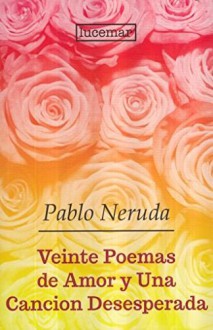
If you ask most Americans to name the most destructive war in history, the answer you are likely to get is World War II. A good case can be made, though, for awarding that dubious distinction to the Paraguayan War, in which the South American nation fought against the "Triple Alliance" of Argentina, Brazil, and Uruguay, For six years the two sides waged a war that resulted in the deaths of well over half of the Paraguayan population, transforming victor and vanquished in ways that rippled outward for decades.
While the Paraguayan War has received considerable attention from historians in the region, studies of the conflict have usually been constrained by a variety of factors, from nationalist bias to the diffuse nature of the archives and the limited resources available to scholars to undertake the research necessary for a truly comprehensive account. This is one reason why Thomas Whigham's efforts are to be lauded, for he has invested years of study to provide just a work. Through his research in archives on three continents he has brought together a formidable amount of material to detail the events of the war, which he then used to provide the most detailed examination of the conflict ever attempted. He traces its origins to the post-independence politics of the region, where new countries coalesced out of the fragments of Spain and Portugal's New World empires. With boundaries undefined and national identities gestating, disagreements persisted for decades over the shape of these new countries, sowing the seeds for future disputes.
One such area was the Rio de la Plata, where Argentina and Brazil faced off for control. As early as the 1820s the two countries fought each other over the region. The inability of either side to gain the upper hand led to the formation of independent Uruguay in 1828, though this did nothing to deter conflicting Argentinian and Brazilian ambitions in the region. The brief Uruguayan War in 1864 provided an opportunity for Paraguay's ambitious leader, Francisco Solano López, to assert a greater role for his landlocked nation, as he intervened on behalf of the ruling Blanco Party in Uruguay against the Brazilian-supported Colorados. This soon led to war with Brazil, and when Argentina refused to allow Paraguayan troops to transit through their territory López expanded the war to include them as well. Invading Argentina, his forces seized territory in Corrientes and Rio Grande del Sul provinces, yet by the end of 1865 the newly-coalesced Triple Alliance succeeded in driving Paraguay out of the territory they occupied. Whigham concludes his volume with the Triple Alliance preparing for an invasion of Paraguay that, unbeknownst to them, would lead to four more years of warfare and the total occupation of the country.
By carefully detailing the events in the region, Whigham proves a masterful guide to the complex factors behind the war. His account of the early battles are no less accomplished, as he makes excellent use of the surviving accounts to reconstruct the various developments. To fill in the blanks he provides an analysis that is assured and well-informed, helping the reader to understand the reasoning behind his conclusions. All of this makes for an authoritative account of a war, one that is required reading for anyone interested in it or the larger history of post-independence South America.


 Log in with Facebook
Log in with Facebook 









